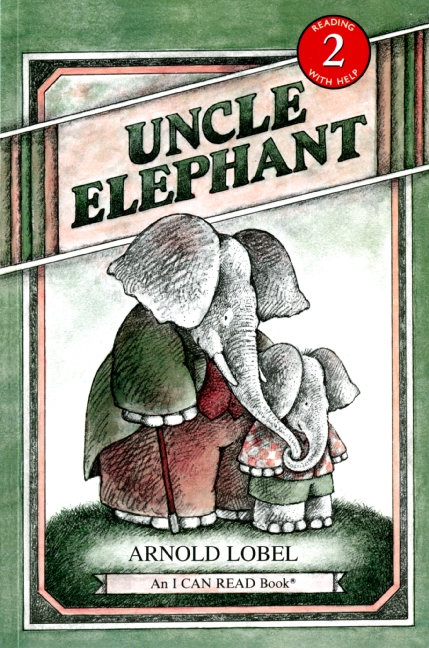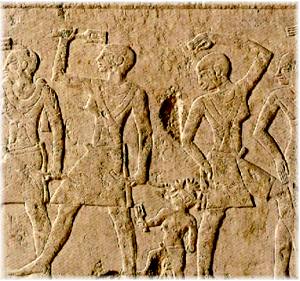 |
| See page 550 |
I am forty-five years old, so it never comes as a complete
surprise to me when my body just will not go along with the plans I have laid
for it. I had early training in not being surprised, anyhow: at fifteen the
state of my knees meant that I had to stop ballet for long enough that I lost
my desire to pursue it as a career. At twenty, I damaged a disk in my back
putting a rowing shell in the water and learned that even a young, fit, body
has to be treated kindly in order to keep it in working order. At thirty-two,
my doula-scripted birth plan for my first child had to be thrown out when I
developed HELPP Syndrome, one of those really nasty diseases of pregnancy that
you read about in the back of What to
Expect When You’re Expecting and think “thank goodness that’s not me!” I
would not say that my experiences in this regard are significantly out of the
norm, either. Our bodies may be ourselves, but they are also oddly opaque to
the conscious mind.
 |
| Eloquent profanity (preferable to tears) |
Our bodies speak to that mind, of course, primarily in the
form of sensation. Pleasure, pain, hunger, satiety, exhaustion, exhilaration,
the fight or flight response… The last may be impossible to ignore, but it is
remarkable how often one can be a bit out of touch with the others. Pain, in
particular, is an odd thing. Some kinds are just so insistent that they cannot
be ignored, but from early childhood one gets the message that a certain amount
of denial of pain is called for in the practice of life. That is to say, the
repression of the pain response is a mark of maturity, so when I stub my toe
badly, instead of crying and howling like a baby quite sensibly would, I
instead utter some unprintable string of filth, and then hobble on my way to
the next thing I must do (the laundry, generally speaking).
Ignoring a certain degree of inconsequential pain, or at
least suppressing one’s response to it is probably not a terrible habit in
itself. It gets you through life without being too much of a whiner. Plus, it allows you to put things in perspective. Stubbed toe? Painful, but hardly as painful as that liposuction procedure you watched on TLC last week. However, I
do think it shapes a pattern of ignoring the body’s voice that may not be so
helpful.
 |
| See Chapter 5 |
|
Case in point. Last fall, I began to notice, maybe not for
the first time, but in a really consistent way, that my right hip has a
tendency to sort of hang up, or get kind of jammed, so that it feels as if a
bit of connective tissue right down the front of my groin has frozen in place.
This could occur after I got up from working at my desk, or while I was washing
dishes, or more often than not, in ballet class, usually right in the beginning
of class on the initial grand plié in first position. Once it happened, then it
would not go away for some time, even if I continued trying to articulate my
hip and warm up the joint. This was annoying and uncomfortable, but not what I
would call painful, so I figured it was just one of those things that happens
when one is forty five and not twenty. One gets what the great Zen master, I
mean children’s book author and illustrator Arnold Lobel, called “the creaks.”
Pretty soon I started noticing, but not really wanting to
acknowledge that my hips kind of ached, especially on the right side. I thought
this was just because I was really working out the muscles and the soreness was
of the “good” sort that results from exercise. As a lifelong athlete, I am
pretty used to that feeling, and it did not strike me as an omen. It was.
As I discovered yesterday, when I finally dragged my aching,
really more than aching now, but actively hurting hip to the orthopedist, I
have what is called, in the biz, “femoacetabular impingement” which has
resulted in the ominous-sounding phenomenon of a “labral tear.”
 |
| This is how it is all supposed to hang together. |
A tear, as it happens, can be mended, either by rest and
time and strengthening of the supporting tissue, or by surgical means. The
other thing, which for the sake of brevity is called FAI, is structural. I
could see it so clearly in the x-rays he took and it looked so wrong. Remember
elementary-school anatomy, in which one learns that the head of the femur is
the ball in a ball-and-socket joint? Well, what if that ball is not round, but
instead has a sharp ridge that runs around its outer edge? Imagine the sharp
ridge nudging up against the nice, squishy cartilage gasket (labrum) that seals
the joint, keeping the precious synovial fluid inside so that bone never rubs
directly against bone (instant recipe for arthritis). Imagine that happening
over and over again, say, during grands battements, or grands anythings, for
that matter. Got the picture?
So, with my frayed labrum and my deformed femoral head, what
is to be done? For now, physical therapy, anti-inflammatories, and only baby
ballet. Having made the mistake of googling the terms “labral cam tear” and “FAI,”
I am quite concerned that most of the people who comment on their own
experiences with these things seem to have ended up having surgery to debride
the frayed cartilage and to reshape the femoral head. All I can say to that is
yuck.
 |
| You gotta love this one. Or, rather, I gotta love it. Twenty times a day. |
I would give up every pretty leotard I have ever bought not
to have this problem, but since that was not one of the medical options
presented to me, I will dutifully do my exercises and hope for the best.
Notably, all the exercises and stretches I have been assigned are my least
favorites, probably because they stretch the quads and hip-flexors (that thing
that seems to hang up is evidently the hip flexor) and strengthen the
hamstrings, the imbalance of which, the good Dr. C tells me, lies at the root
of the problem. I distinctly recall the orthopedist I saw thirty years ago for
my ballet-battered knees telling me essentially the same thing, that like most
ballet dancers I had powerful quads, tight iliotibial bands, and relatively
puny hamstrings.
 |
| And if you don't listen to your body, at least listen to Shaq! |
So, gentle reader, listen to your body, especially to its
rich and varied vocabulary of discomfort and pain. Anything persistent is
serious, even if it seems little more than a whisper. Take care of it now, not
later, when it is worse. And while you are at it, stretch your quads and
strengthen your hamstrings. Then you may not have to waste four or five hours a
week when you might have been dancing hanging around the PT office having your
butt massaged with some stinky icy-hot gel that make you smell like a cough
drop or Shaquille O'Neal for the rest of the day. There it is, my wisdom for the ages.
 At the very end, much to the delight of my offspring, the large copper disk hanging at the back of the stage that I thought was meant to be some kind of prehistoric sun deity turned into a basin, and rain from on high filled it up. Then, as the score crashed to the close of the Sacrificial Dance, the boy and his female shadow or double were both deluged by this water as the basin tipped back to the vertical. Cool effect. Wet stage, wet spandex.
At the very end, much to the delight of my offspring, the large copper disk hanging at the back of the stage that I thought was meant to be some kind of prehistoric sun deity turned into a basin, and rain from on high filled it up. Then, as the score crashed to the close of the Sacrificial Dance, the boy and his female shadow or double were both deluged by this water as the basin tipped back to the vertical. Cool effect. Wet stage, wet spandex.







